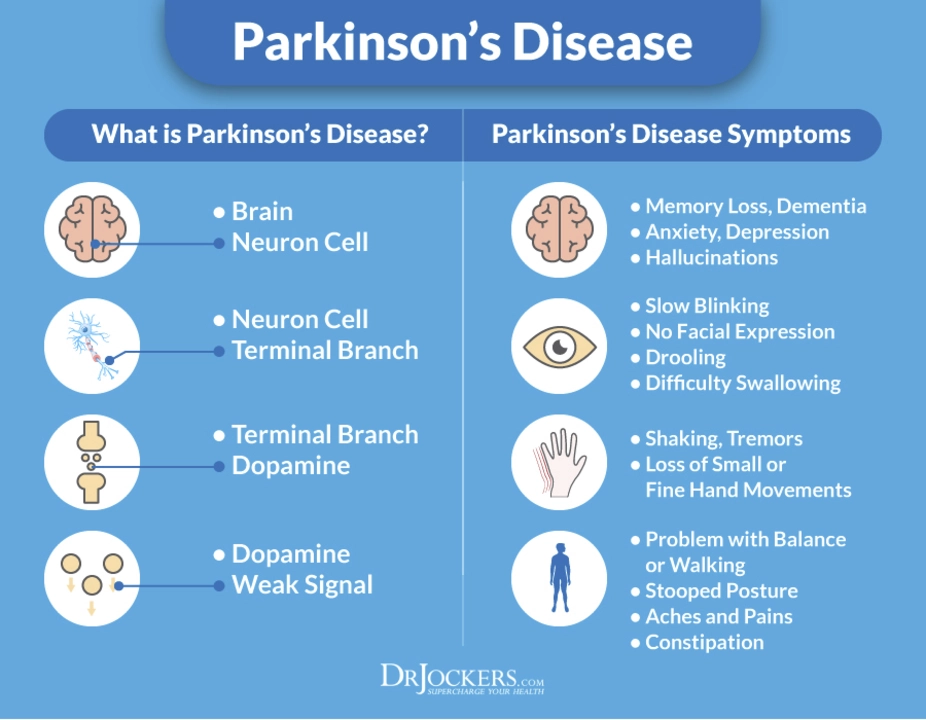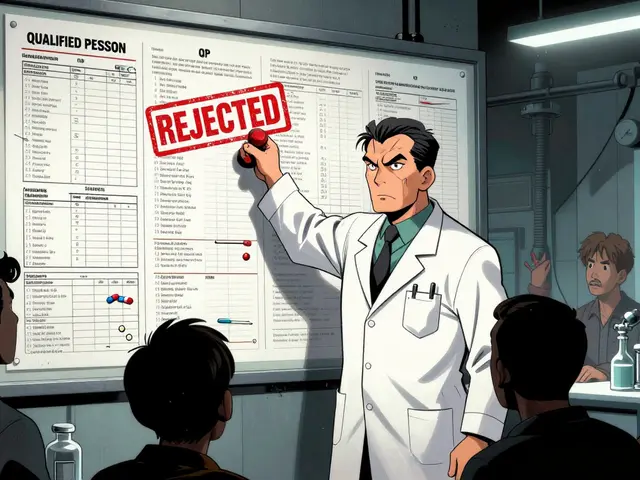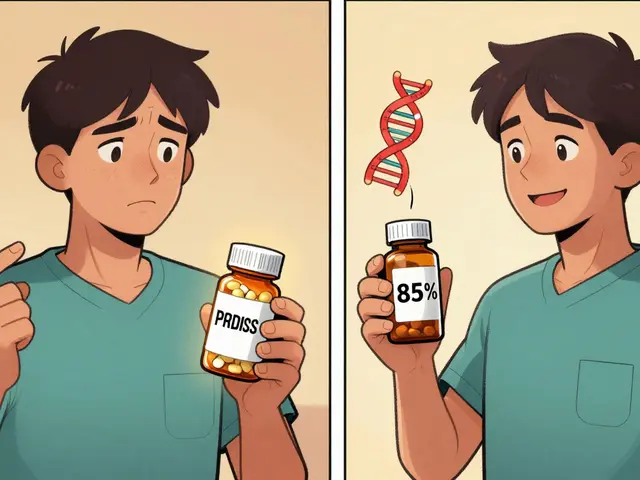Clinically Isolated Syndrome: clear steps after a first neurological attack
Had a first sudden neurological problem — like blurred vision, numbness, or trouble walking — and your doctor used the term "clinically isolated syndrome" (CIS)? That label just means you had one clear episode that points to inflammation in the central nervous system. It doesn’t automatically mean you have multiple sclerosis (MS), but it does mean you should act fast and get the right tests.
Diagnosis and tests you can expect
Start with an MRI of the brain and spinal cord, ideally with contrast (gadolinium). MRIs show lesions that raise the chance of later developing MS. A lumbar puncture can check for oligoclonal bands in spinal fluid — another clue. Sometimes your doctor orders visual evoked potentials or blood tests to rule out infections and other causes. Ask for clear copies of your MRI and a written report. Those images matter if you see another neurologist later.
Timing matters. If the MRI shows no lesions, your short-term risk of MS is lower, but not zero. If it shows lesions typical of MS, doctors often consider starting a disease-modifying therapy (DMT) to lower the risk of another attack. Don’t let time slip — getting evaluated within weeks gives you more options.
Treatment options and practical next steps
For the acute attack, most neurologists use high-dose corticosteroids to shorten recovery. That treats the inflammation but doesn’t change long-term risk. To reduce the chance of a second attack, doctors may offer DMTs. These include older injectables like interferons and newer oral or infusion drugs. Each option has trade-offs: effectiveness, side effects, monitoring needs, and cost. Ask how the drug fits your life and what tests you’ll need while on it.
Also focus on symptom care: physical therapy for balance and strength, occupational therapy for daily tasks, and simple tools for fatigue management. Keep a symptom diary — record new problems, dates, and any triggers. That helps your neurologist make better decisions.
When should you see a specialist? If symptoms last more than 24–48 hours, if they come back, or if tests show MS-like lesions. If you feel unsure about the treatment plan, get a second opinion. A clear plan now can avoid confusion later.
Below are some related articles on Safe-Pills.com that readers have found useful. They cover treatments, pain options, and medication guides that can help while you sort things out.
- Exelon Rivastigmine: Benefits, Dosage, and Tips for Dementia Care — practical drug info and caregiver tips.
- Nerve Blocks and Injections for Trigeminal Neuralgia: Pain relief options explained — useful if you have facial pain after a neurological event.
- Can Losartan Cause Rashes? Signs Your Blood Pressure Med May Trigger Skin Issues — medication side-effect guide.
- Rifampin and Stomach Issues: Tips for Managing GI Side Effects — how to handle medicine-related nausea.
- How to Slash Prescription Costs Without Health Insurance in 2025: Save on meds and find trusted online pharmacies.
If you want, bring this page to your next appointment to help guide questions. Ask about MRI timing, lumbar puncture results, risks with and without treatment, side-effect monitoring, and support services like rehab. Clear questions mean clearer answers.

Understanding Clinically Isolated Syndrome: A Comprehensive Overview
In my latest blog post, I provided a comprehensive overview of Clinically Isolated Syndrome (CIS). This is a term used to describe the first neurological episode that may be indicative of Multiple Sclerosis (MS). In the post, I discussed the symptoms, diagnostic process, and treatment options for CIS. I also emphasized the importance of early intervention and close monitoring by healthcare professionals in the management of this condition. Overall, it's essential to understand CIS as it may be the first sign of a potentially life-altering disease, like MS.
View More


